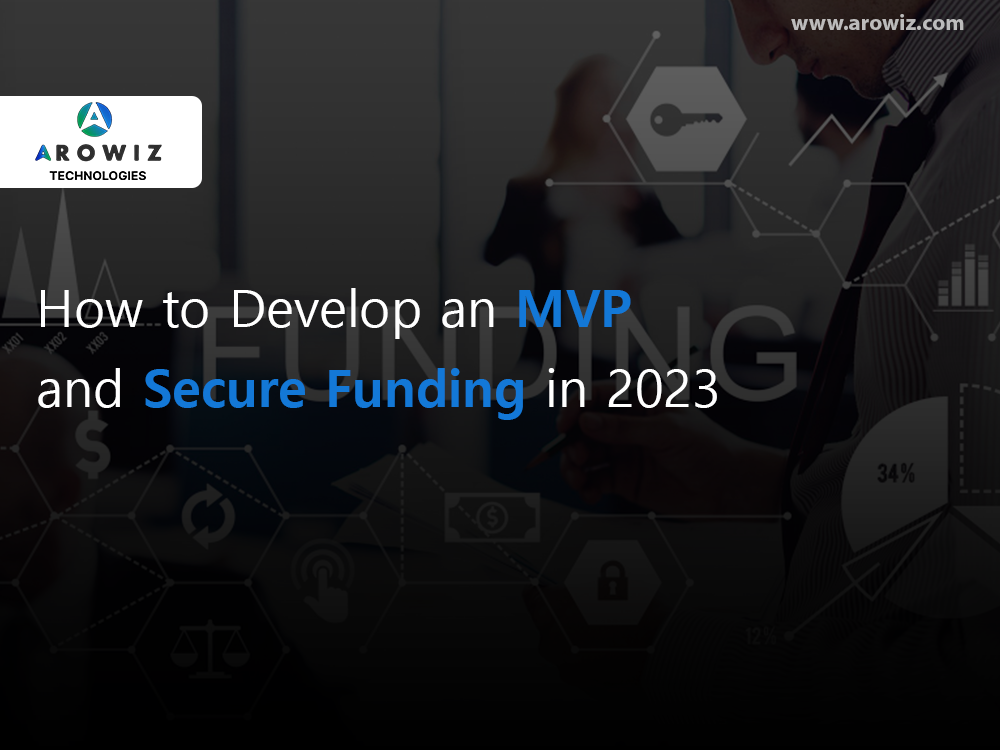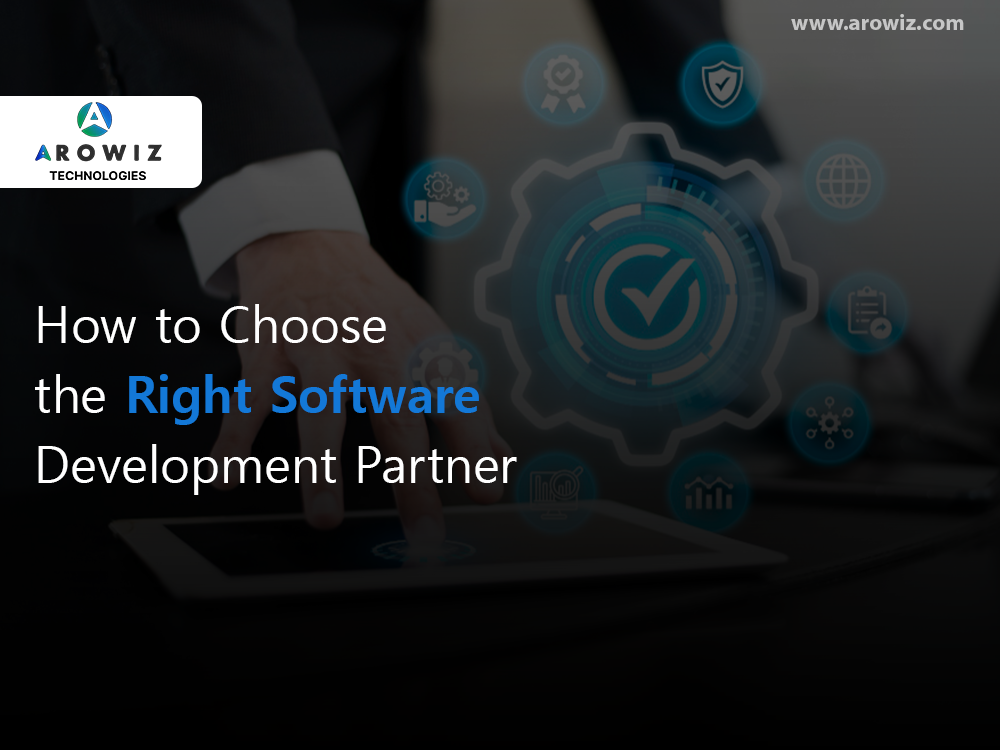Guide to Developing a Winning MVP and Securing Funding in 2023 Understanding the Basics of MVP Development and Secure Funding…
How to Develop an MVP and Secure Funding in 2023
admin
- September 29, 2023
4 min read

Guide to Developing a Winning MVP and Securing Funding in 2023
Understanding the Basics of MVP Development and Secure Funding
MVP stands for “Minimum Viable Product.” It is a development strategy and product management concept used in software and product development. An MVP is the most basic version of a product or application that includes only its essential features, just enough to make it functional and usable by early adopters or initial users. The primary purpose of creating an MVP is to quickly bring a product to market and gather feedback from real users.
Securing funding involves obtaining financial resources to support a business or project, covering expenses like product development, marketing, operations, and expansion. It’s a crucial step for startups, entrepreneurs, and organizations looking to bring their ideas to life and grow. Funding sources vary, including personal savings, loans, angel investors, venture capital, crowdfunding, grants, and government support. The choice depends on the project’s nature and stage. Successful funding acquisition fuels growth, job creation, and the transformation of ideas into reality, propelling businesses and initiatives toward success and impact.
Description-
In 2023, developing a successful MVP and securing funding for your startup remains a dynamic yet essential endeavor. The process begins with a clear and validated business idea. Extensive market research and validation should guide you in understanding the demand for your product or service. Assemble a proficient team capable of executing your vision and addressing potential challenges.
Building an MVP that addresses a core problem or need is critical; it should be lean, cost-effective, and allow for rapid iteration based on user feedback. Simultaneously, crafting a compelling pitch deck with a persuasive narrative is vital for attracting potential investors. Engage in networking, both online and offline, to expand your reach and connect with potential investors. Explore various funding avenues, from angel investors to venture capitalists and accelerator programs, tailoring your approach to align with your business and industry.
Success in 2023’s competitive landscape hinges on a combination of a robust MVP and a strategic approach to securing funding, all underpinned by dedication and innovation.
Developing a (MVP) is attractive to investors for several reasons:
Proof of Concept:
An MVP serves as tangible evidence that the business idea is viable and has the potential to solve a real problem in the market. It demonstrates that the concept has been tested with real users and is not merely a theoretical idea.
Risk Mitigation:
Investors are naturally risk-averse. By funding an MVP, they can assess the product’s initial traction, user engagement, and market fit before committing more significant resources. This reduces the perceived risk associated with the investment.
Iterative Development:
MVP development is typically an iterative process that involves continuous improvement based on user feedback. Investors appreciate this agile approach, as it shows a commitment to refining and enhancing the product over time, increasing its chances of success.
Cost-Efficiency:
MVPs are developed with minimal features, which means lower development costs. Investors see this as a financially prudent approach, ensuring that their capital is used efficiently and not wasted on unnecessary features.
Market Validation:
An MVP allows businesses to gather valuable data and insights about user behavior and preferences. This data-driven approach provides investors with concrete market validation, indicating whether the product has a potential customer base.
Faster Time to Market:
MVPs can be developed and launched quickly compared to fully-featured products. Investors appreciate the ability to get a product into the market faster, potentially gaining a competitive edge.
User Acquisition:
MVPs provide an early opportunity to acquire users and build a customer base. Investors see this as a positive sign of customer interest and potential for growth.
Investors can use an MVP to:
Proof of Concept:
An MVP serves as evidence that the business idea is viable and can solve a real problem in the market.
Risk Assessment:
It helps investors evaluate and mitigate risks associated with the investment by analyzing user feedback, traction, and market validation.
Market Validation:
The MVP provides concrete evidence of market demand and whether the product aligns with current market trends.
User Engagement:
Investors can monitor user engagement metrics to gauge how well the product is resonating with its target audience.
Product-Market Fit:
They can assess whether the product meets the needs of its intended market and if adjustments are needed.
Iterative Development:
An MVP’s iterative nature shows a commitment to refining and enhancing the product over time, which investors appreciate.
Building an MVP: A Step-by-Step Guide
Certainly, here’s a more detailed step-by-step guide for building a Minimum Viable Product (MVP):
Idea Generation:
Start with a clear business idea that addresses a specific problem or need.
Market Research:
Conduct thorough market research to validate your idea and understand your target audience.
Identify your competitors and assess the competitive landscape.
Define MVP Goals:
Clearly define the goals and objectives of your MVP.
Decide what you want to learn or achieve with the MVP.
Feature Prioritization:
Identify the core features that are essential to solving the identified problem.
Avoid feature creep by focusing on the minimum set of features required for launch.
Design:
Create wireframes or prototypes to visualize your MVP’s user interface and functionality.
Design a user experience that is intuitive and user-friendly.
Development:
Develop the MVP using agile development methodologies.
Prioritize speed and cost-efficiency by using existing tools, frameworks, or outsourcing.
Testing:
Test the MVP extensively to ensure that core features work as intended.
Conduct usability testing to gather user feedback.
Launch:
Launch the MVP to a small group of early adopters or a limited audience.
Monitor its performance and gather user feedback.
Feedback and Iteration:
Collect feedback from early users and analyze usage data.
Use this feedback to make iterative improvements to the MVP.
Scaling and Expansion:
Once you’ve refined the MVP based on user feedback and data, consider scaling up and expanding your user base.
Data Collection:
Continuously collect user data, such as user behavior, engagement metrics, and user satisfaction.
Refinement:
Use the data collected to refine the MVP further and prioritize additional features based on user needs and preferences.
Building an MVP is an iterative process that allows you to learn, adapt, and refine your product based on real-world feedback and market dynamics. It’s a crucial step toward building a successful startup or product.
In conclusion
Developing a Minimum Viable Product (MVP) is a compelling strategy for attracting investors. It serves as concrete evidence of concept viability, engages early users for valuable feedback, and is cost-effective, aligning with investors’ preferences for efficient resource utilization.
Investors benefit from MVPs by assessing product functionality, verifying market viability, and placing trust in capable teams. A strong founding team with market acumen further enhances a startup’s appeal to investors.
Ultimately, an MVP is a powerful tool that not only demonstrates a startup’s potential for success but also instills confidence in investors, making it a pivotal step in securing crucial funding for further growth and development.
Tags
Our New Letter
Get productivity tips delivered straight to your inbox
Ready for more?

Arowiz Technologies is a Central India-based customer Centric software development & Expert IT Staff Augmentation company ...
FOR JOBS
hr@arowiz.comFOR SALES
sales@arowiz.comMARKETING / BLOGS
info@arowiz.comGET CONNECTED
Top Industry
About Us
Top Services
Hire Expert Developers
- AI / ML Developers
- Blockchain Developers
- DevOps Developers
- Web3 / Gaming Developers
- Full Stack Developers
- AR / VR – Meta Developers
- Python Developers
- Solidity Developers
- Node.js Developers
- ReactJs Developers
- Next.Js Developers
- Flutter Developers
- React Native Developers
- Golang Developers
- Mobile App Developers







